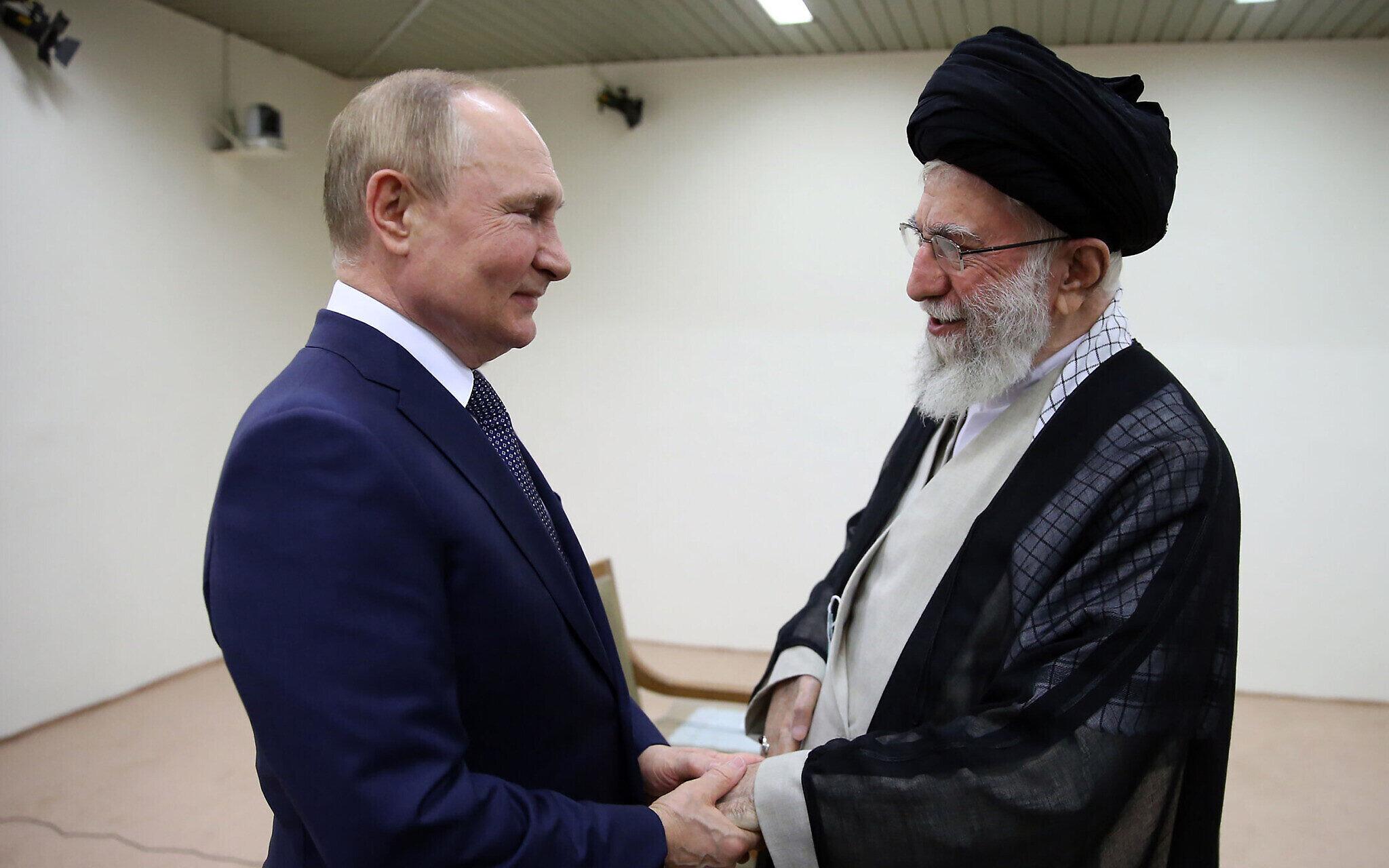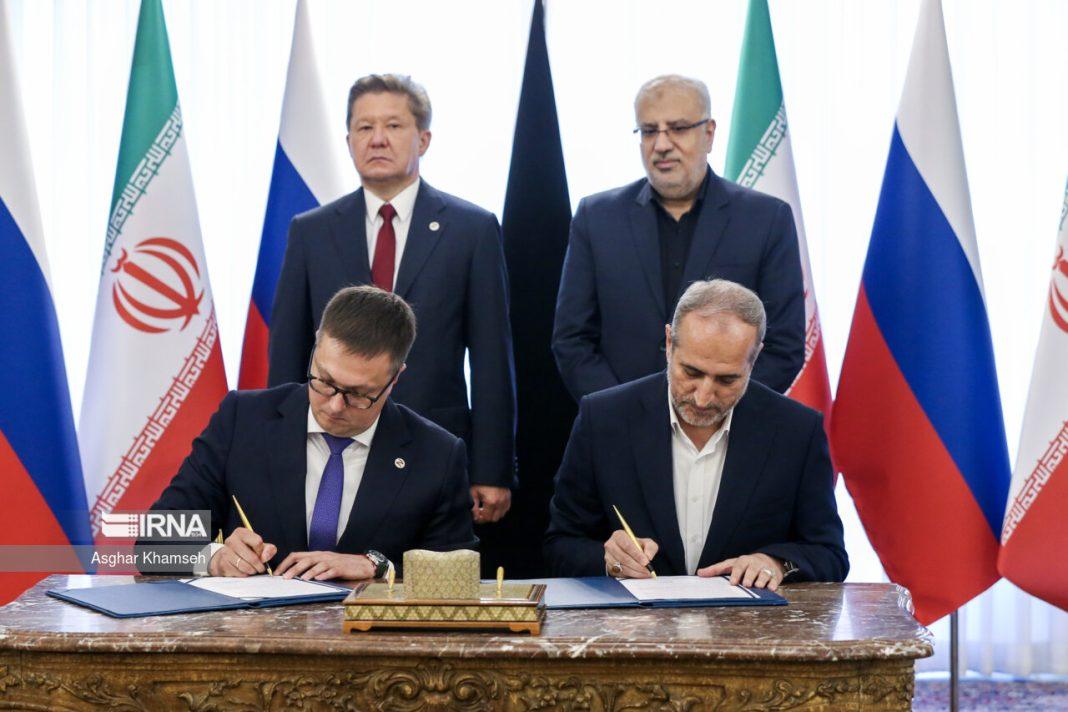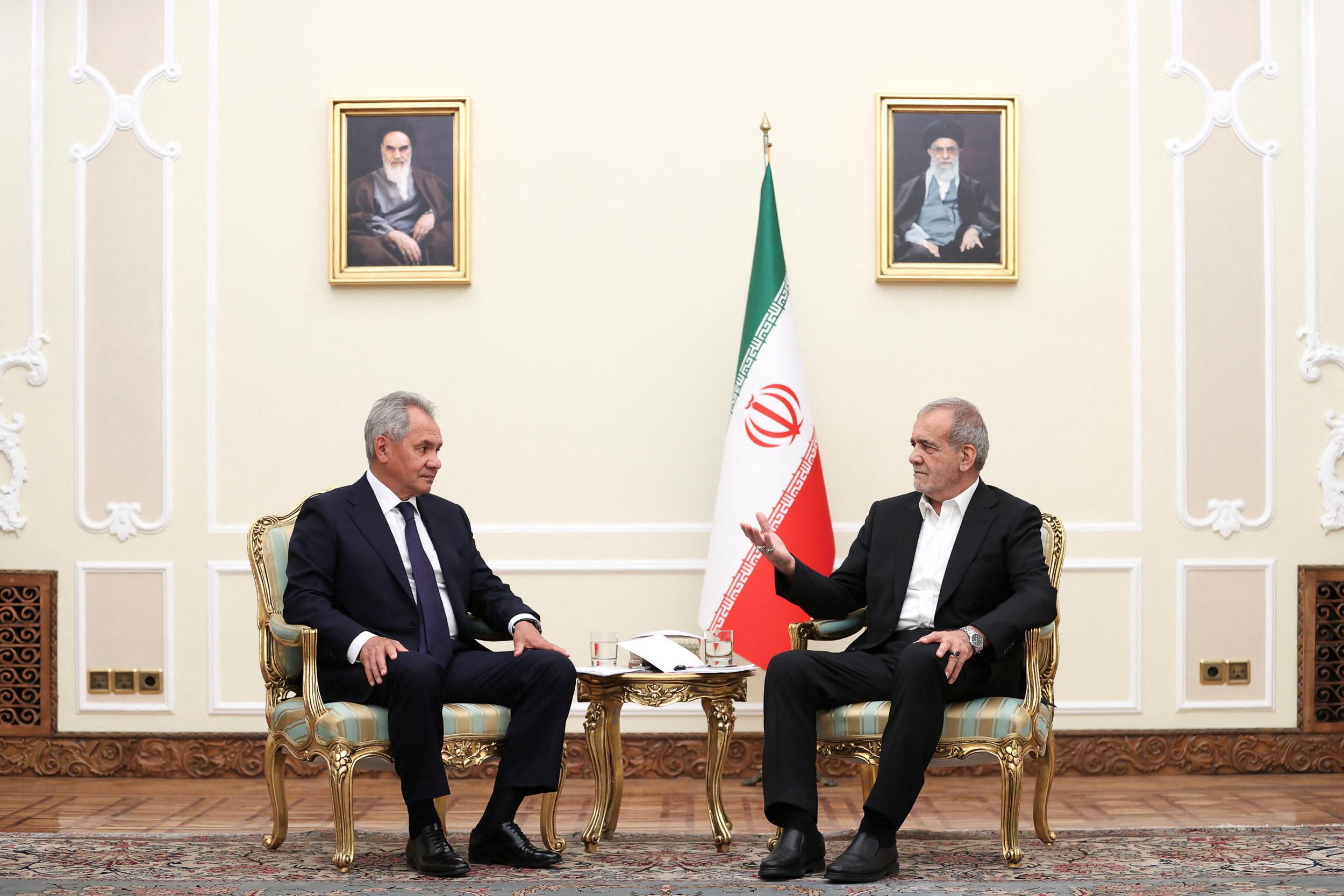What Iran-Russia strategic alliance bodes for regional power dynamics Doubts linger over Iran's ability to import Russian gas
Both Tehran and Moscow have affirmed their commitment to deepening comprehensive relations, a decision largely driven by the limited geopolitical options available to both states. The ongoing developments between these two nations raise important questions about the content and implications of their emerging strategic partnership.
Iranian Foreign Ministry Spokesperson Nasser Kan'ani recently announced that a draft comprehensive agreement between Iran and Russia has been finalized. This follows extensive consultations between the two countries' Foreign Ministries, culminating in productive discussions held in Moscow. During these talks, the sides managed to finalize the draft deal, agreeing to initiate the necessary domestic procedures to prepare for its signing at one of the next high-level bilateral meetings.
Russian Deputy Foreign Minister Andrey Rudenko echoed this sentiment, confirming that the final editorial work on this substantial document has concluded after almost two and a half years. The agreement is designed to elevate Russian-Iranian relations to the level of a comprehensive strategic partnership, marking a significant milestone in their bilateral engagement. The official signing is anticipated to occur soon, potentially during an upcoming high-level bilateral contact.
Putin invites Pezeshkian to the BRICS Summit
The upcoming BRICS summit, scheduled to be held in Kazan from October 22 to 24, 2024, is set to be a crucial moment for Russia and Iran as their leaders, Russian President Vladimir Putin and Iranian President Masoud Pezeshkian, prepare to engage in high-level discussions. Invited personally by President Putin, Pezeshkian’s participation underscores the growing importance of the Russia-Iran strategic partnership, particularly in the context of the shifting geopolitical landscape and the two nations' shared interests.

President Putin’s invitation to his Iranian counterpart is not merely a diplomatic gesture; it is a clear signal of Russia’s intent to solidify its alliance with Iran amidst increasing international pressures. The BRICS summit, traditionally a platform for emerging economies to discuss global economic strategies and cooperation, will this year serve as a venue for the two countries to advance their bilateral relations to new heights. This meeting is expected to further the discussions on a comprehensive strategic partnership agreement that has been in the works for over two years.
The centerpiece of this anticipated meeting is the finalization and potential signing of the Comprehensive Strategic Partnership Agreement between Russia and Iran. This agreement represents a significant step in deepening cooperation across various sectors, including energy, defense, and economic relations.
The strategic partnership between Russia and Iran, bolstered by this upcoming meeting, is likely to have significant implications for the broader region. As both countries seek to counterbalance Western influence, their alliance could reshape power dynamics in the Middle East and Central Asia. The BRICS summit, therefore, is not just a meeting of leaders but a stage for Russia and Iran to showcase their unified stance on key global issues.
Economic & energy cooperation
A key aspect of this strategic partnership involves energy cooperation, particularly regarding the transit of Russian gas through Iran. The latter's ambassador to Moscow, Kazem Jalali, highlighted that Russia ranked first in terms of foreign investment in Iran in 2023, reflecting the deepening economic ties between the two nations. Jalali further noted Iran's readiness to transit Russian gas through its territory, positioning itself as a crucial energy hub in the region.
This ambition is supported by a strategic memorandum signed between Gazprom and the National Iranian Gas Company (NIGC) in June. The memorandum outlines the organization of Russian gas supplies to Iran, which is expected to ensure energy security for Iran and potentially for its neighbors. Iranian Oil Minister Javad Owji praised the deal, calling it "a masterpiece of energy diplomacy" that could lead to an economic revolution in the region.

While the potential for cooperation is significant, the technical and legal challenges are formidable. The agreement envisions the supply of up to 300 million cubic meters of gas per day from Russia to Iran, amounting to approximately 110 billion cubic meters annually. This volume represents nearly 45% of Iran's current gas consumption. However, the logistics of this plan are complex, particularly the construction of a pipeline along the bottom of the Caspian Sea, which requires coordination with Turkmenistan, Azerbaijan, and Kazakhstan. Analysts have expressed skepticism about the feasibility of such a project, given the need for extensive infrastructure and legal agreements.
Currently, there are no operating gas pipelines in the Caspian Sea, and their construction is complicated by the convention on the legal status of the Caspian Sea, signed in 2018. This convention mandates that the construction of pipelines along the seabed requires the consent of all littoral states through whose waters the pipeline would pass. As a result, obtaining the necessary approvals could significantly delay the project.
Alternative routes, such as exporting gas to northern Iran through Azerbaijan or Turkmenistan, are also under consideration. However, these options have limited throughput capacity compared to the ambitious volumes outlined in the deal. Moreover, the cost of constructing such a pipeline could exceed $10 billion, depending on the route and project scope.
Iran's energy landscape
Iran, the world's third-largest gas producer, faces its own challenges in managing domestic consumption and production. In 2023, Iran produced approximately 251.7 billion cubic meters of gas and consumed around 245.6 billion cubic meters. Despite its vast production, Iran experiences a gas deficit in the northern regions, particularly during winter, due to the concentration of its largest gas fields in the south. The agreement with Gazprom includes provisions for constructing a pipeline from the north to the south of Iran, addressing this imbalance.

However, Iran's domestic gas prices are heavily regulated, with consumers paying as little as $10 per 1,000 cubic meters, while industry pays about $4. This makes gas imports, even at $100-150 per 1,000 cubic meters, a costly proposition for the National Iranian Gas Company (NIGC).
The strategic partnership between Iran and Russia, particularly in energy cooperation, holds significant potential for reshaping regional dynamics. However, the ambitious plans outlined in their agreement face numerous challenges, from legal hurdles and technical difficulties to economic considerations. While the finalization of the comprehensive strategic partnership agreement is a historic achievement, its successful implementation will require careful navigation of these complexities.
As Tehran and Moscow move forward, the regional littoral states with their vested interests as well as international actors will be closely watching the outcomes of this partnership, which could have far-reaching implications for energy security, regional stability, and the broader geopolitical landscape.








